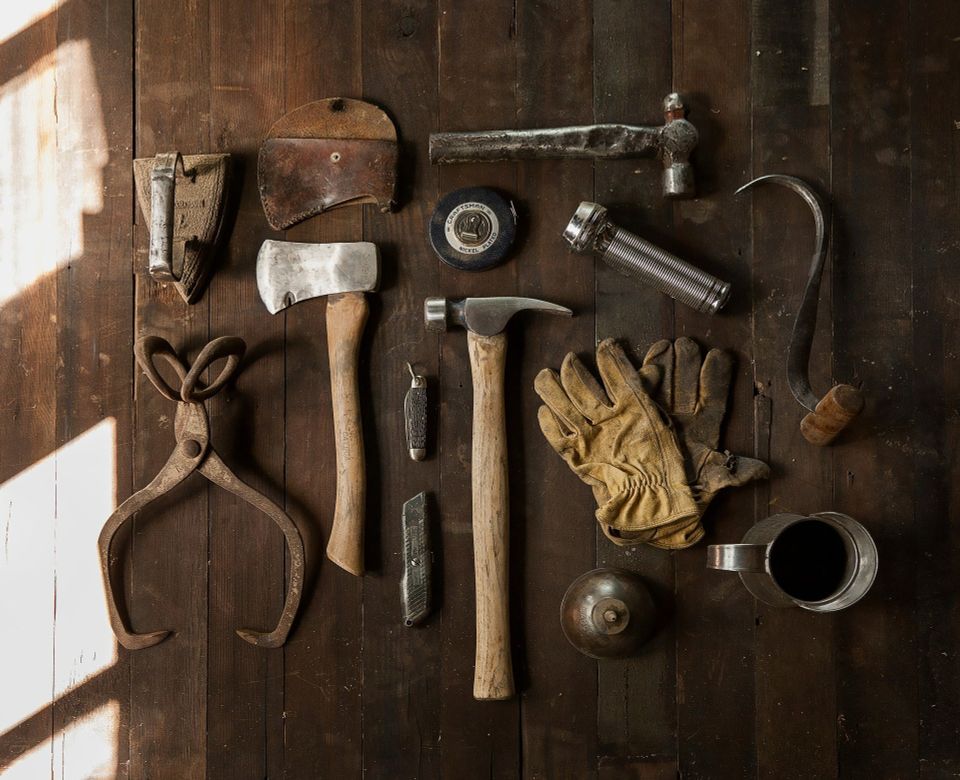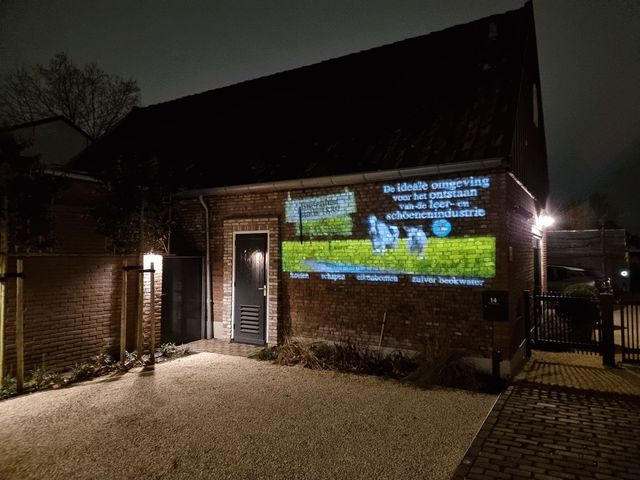Museum Buitenlust
This location is part of the Wet Blue route.
In the middle of the center of Waalwijk stands an old farm barn from around 1850. Museum Buitenlust is housed in a former cattle barn. The barn was built around 1850 and then used until 1990 for the storage of dairy cows and young cattle. The cattle barn belonged to the former tent café Buitenlust.
That the shoe and leather industry developed precisely in the Langstraat hee...
This location is part of the Wet Blue route.
In the middle of the center of Waalwijk stands an old farm barn from around 1850. Museum Buitenlust is housed in a former cattle barn. The barn was built around 1850 and then used until 1990 for the storage of dairy cows and young cattle. The cattle barn belonged to the former tent café Buitenlust.
That the shoe and leather industry developed precisely in the Langstraat is due to three factors. First, De Langstraat was an agricultural area with many cows and sheep and therefore many hides, as a waste product of slaughter (the wool went to Tilburg). Second, there were many oak trees in this area. In earlier times, oak walls were planted south of Waalwijk to protect crops from sand drifts. The ground bark of the oak provided run, a natural tannin needed to make leather from hides. Third, tanners needed pure stream water for the tanning process. That was present in the form of the stream De Loint. Thus, the environment was ideal for practicing this craft. When prosperity declined from 1600 onward, many poor farmers started working hides and leather in the winter months. Initially as a side income, to keep their heads above water. But gradually it became a main activity and so many independent tanneries and shoemakeries emerged in the region.
Museum Buitenlust has extraordinary tools from woodworkers. The museum has tools dating from 1650 to about 1950!



